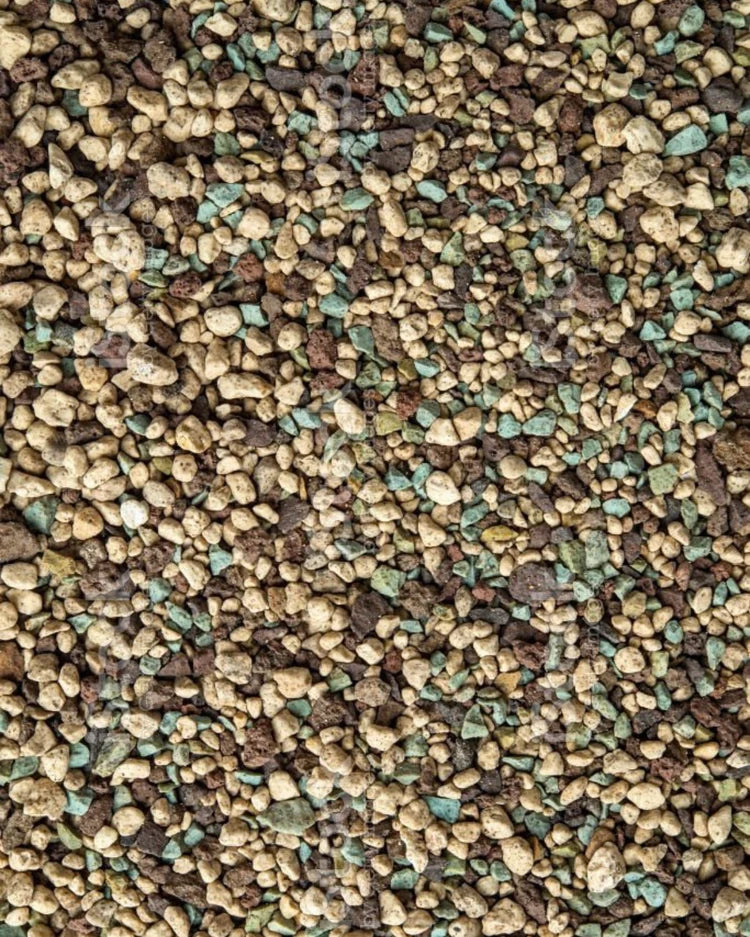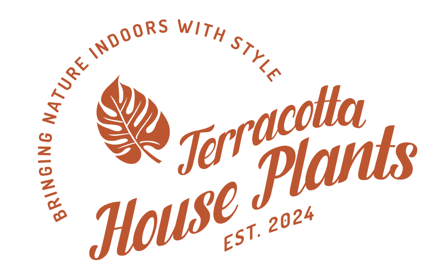
Lechuza Pon: The Ultimate Guide to a Thriving, Soil-Free Planting Medium
Share
Lechuza Pon is quickly gaining popularity in the plant community as a versatile, mess-free alternative to traditional soil. It’s particularly loved for its ease of use, cleanliness, and the many benefits it offers for houseplants. Here’s everything you need to know about Lechuza Pon and how it can elevate your plant care routine.
What is Lechuza Pon?
Lechuza Pon is a premium soilless substrate made from mineral components, including pumice, zeolite, and lava rock, along with a small portion of fertilizer. These ingredients are carefully selected to offer ideal drainage, aeration, and stability, making Lechuza Pon a top choice for houseplant enthusiasts who want to avoid the mess and challenges of soil.
Why Use Lechuza Pon?
- Optimal Drainage: Lechuza Pon’s mineral blend provides excellent drainage, preventing the dreaded "root rot" caused by overwatering.
- Better Aeration: The open structure of the substrate allows for proper oxygenation of the root zone, ensuring roots have the air they need to thrive.
- Low-Maintenance: Unlike soil, Lechuza Pon doesn’t compact over time, which means you won’t need to repot as often.
- Perfect for Semi-Hydroponics: Many people use Lechuza Pon with a self-watering system, making it easier to maintain ideal moisture levels.
- No Soil Pests: Since Lechuza Pon is not organic, it’s far less likely to harbor pests like fungus gnats, making it perfect for indoor spaces.
How to Use Lechuza Pon
Switching to Lechuza Pon might feel intimidating, but it’s actually quite simple. Here’s a step-by-step guide:
-
Choose Your Pot: Pick a pot with drainage holes or a self-watering pot. Lechuza’s own planters are designed to work perfectly with Pon.
-
Add a Base Layer: If using a standard pot, add a layer of Lechuza Pon at the bottom for stability and drainage.
-
Position Your Plant: Place the plant in the pot, ensuring the roots are evenly spread.
-
Fill with Pon: Gently add Lechuza Pon around the roots until the pot is filled to the desired level. Lightly press down to secure the plant.
-
Watering: Water thoroughly after planting to encourage the roots to establish. For self-watering pots, fill the reservoir and let the Lechuza Pon wick up moisture as needed.
Plants that Thrive in Lechuza Pon
Lechuza Pon works well for many types of plants, particularly those sensitive to overwatering or root rot, such as:
- Hoyas: These vining plants benefit from Pon’s airy structure and moisture retention.
- Philodendrons and Monsteras: Both enjoy the aeration Pon offers, reducing the risk of root rot.
- Orchids: For species that thrive in bark, Pon can be an alternative if extra care is taken with watering.
- Succulents: Pon offers drainage that’s critical for succulents, though they’ll need less water in this medium.
Lechuza Pon vs. Soil
If you’re debating whether to switch to Lechuza Pon, here are some pros and cons compared to soil:
- Pros: No compaction, fewer pests, controlled moisture levels, and ideal for semi-hydroponic setups.
- Cons: Initial cost may be higher, and it requires specific care adjustments, like reduced fertilization since Pon already contains nutrients.
Common Questions
Can I reuse Lechuza Pon? Yes! Lechuza Pon can be cleaned and reused, making it a sustainable choice.
How often should I fertilize? Pon contains some nutrients, but you may want to add liquid fertilizer every few months, especially if you’re growing heavy feeders.
Is Lechuza Pon only for indoor plants? While it’s perfect for indoors, Pon also works outdoors, as it holds up well in various climates.
Final Thoughts
Lechuza Pon offers a cleaner, hassle-free alternative to traditional soil while enhancing plant health. Whether you’re new to semi-hydroponics or simply want to try a fresh approach, Pon could be a game-changer. Give it a try and see how it transforms your plant care routine!
